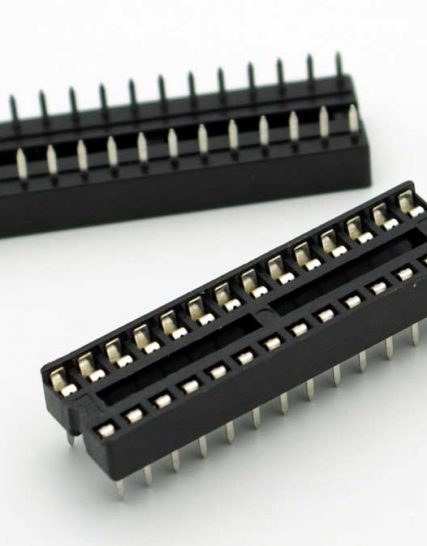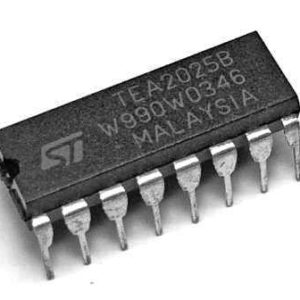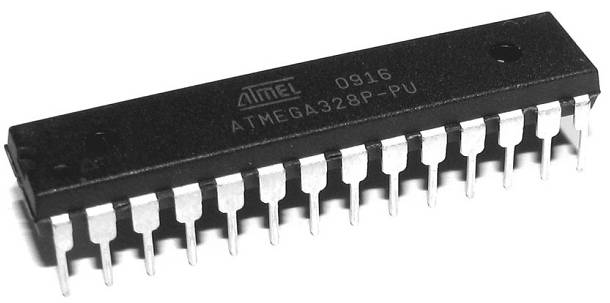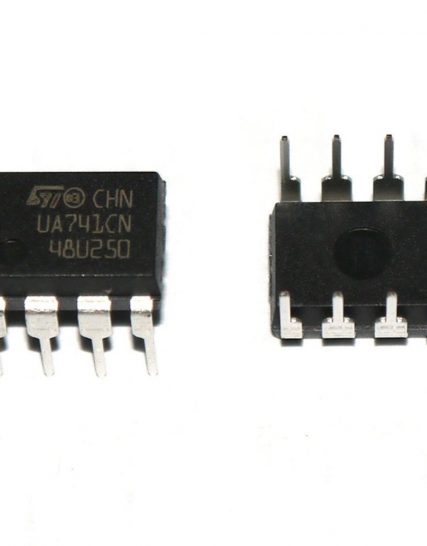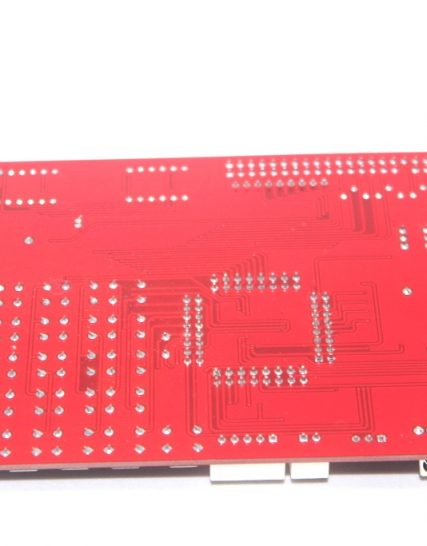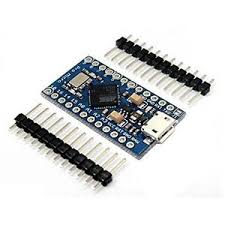Subtotal: ₦600.00
Atmega 328P-PU
₦6,200.00
The Atmega 328P-PU is a high-performance, low-power 8-bit AVR microcontroller from Microchip Technology, commonly used in Arduino boards like the Arduino Uno. It features advanced RISC architecture with 32KB of ISP flash memory, 2KB of SRAM, and 1KB of EEPROM. This microcontroller is suitable for a wide range of applications, including embedded systems, consumer electronics, and DIY electronics projects.
Key Features:
- Advanced RISC architecture
- 32KB of in-system self-programmable flash memory
- 2KB SRAM and 1KB EEPROM
- 23 general-purpose I/O lines
- 32 general-purpose working registers
- Three flexible timer/counters with compare modes
- Internal and external interrupts
- Serial programmable USART
- Master/slave SPI serial interface
- On-chip analog comparator
- 10-bit ADC with 6 multiplexed channels
- Operating voltage range of 1.8V to 5.5V
- Low power consumption in active and sleep modes
Technical Specifications:
- Architecture: 8-bit AVR
- Flash Memory: 32KB
- SRAM: 2KB
- EEPROM: 1KB
- Clock Speed: Up to 20 MHz (with external crystal)
- Operating Voltage: 1.8V to 5.5V
- Digital I/O Pins: 23
- PWM Channels: 6
- Analog Input Channels: 6
- ADC Resolution: 10-bit
- Timers: 1 x 16-bit, 2 x 8-bit
- Communication Interfaces: USART, SPI, I2C
- Package Type: PDIP-28 (Plastic Dual In-line Package)
- Operating Temperature Range: -40°C to +85°C
Applications:
- Arduino development boards
- Consumer electronics
- Embedded systems
- Robotics
- Home automation
- DIY electronics projects
- Industrial automation
Usage:
- Programming:
- Use an AVR programmer or Arduino board to program the Atmega 328P-PU.
- Commonly programmed using the Arduino IDE for ease of use.
- Connect the microcontroller to your development environment using the appropriate hardware and software tools.
- Circuit Design:
- Integrate the Atmega 328P-PU into your circuit with necessary external components like crystal oscillators, capacitors, and resistors.
- Ensure proper power supply and grounding for stable operation.
- Interfacing:
- Utilize the I/O pins for interfacing with sensors, actuators, displays, and other peripherals.
- Use communication interfaces like USART, SPI, and I2C for data exchange with other devices.
Caution:
- Handle the microcontroller with care to avoid damage from electrostatic discharge (ESD).
- Ensure proper power supply voltage and connections to prevent damage.
- Follow the manufacturer’s guidelines for programming and operation.
Datasheet:
For detailed technical specifications, refer to the Atmega 328P Datasheet.
In stock
Additional Information
| Weight | 0.002 kg |
|---|

